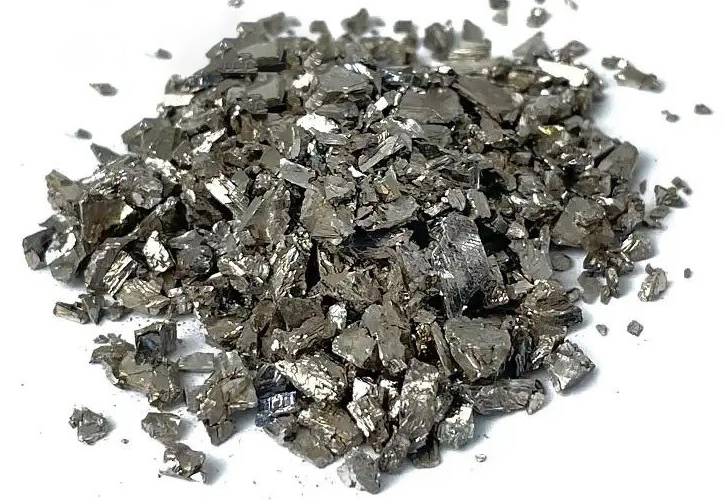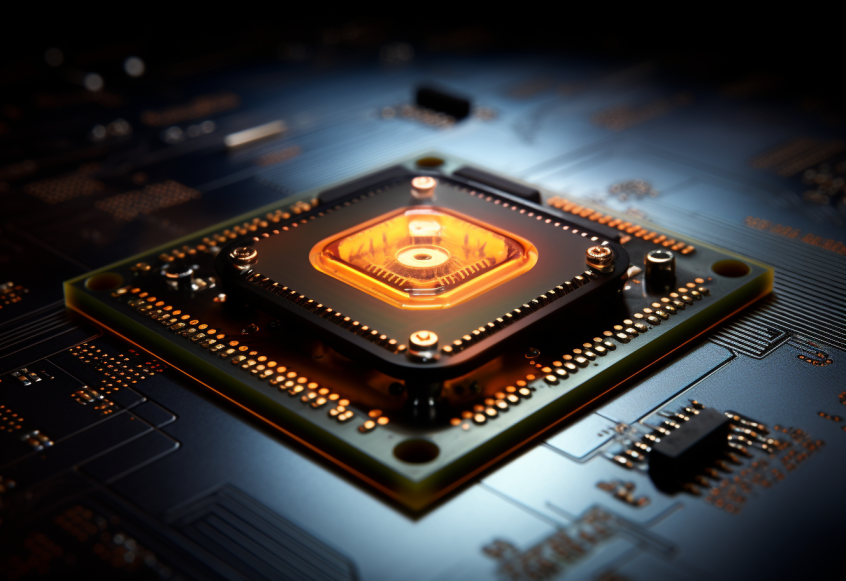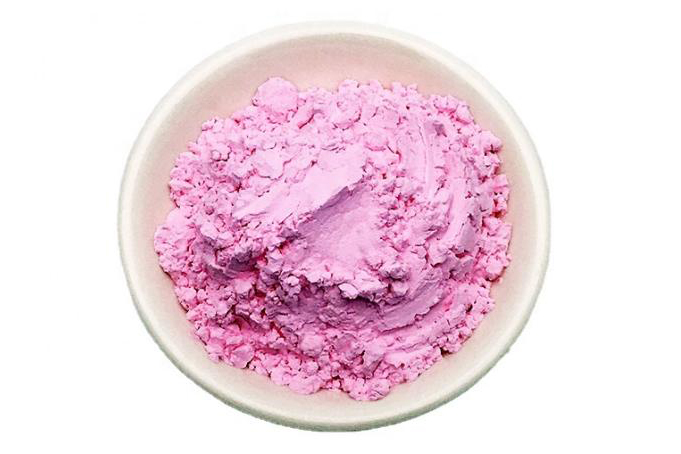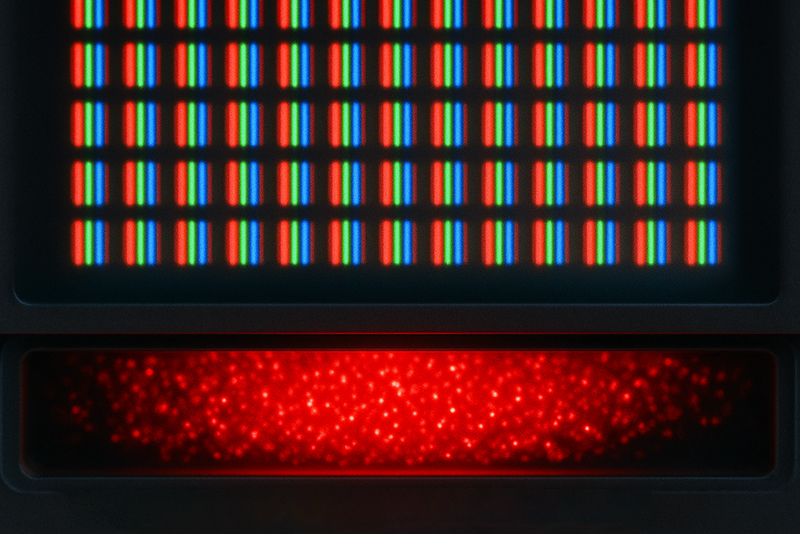Gadolinium might not be the flashiest name on the periodic table, but don't let that fool you. This rare earth metal packs a serious punch in industries where precision, stability, and performance matter. From MRI contrast to next-gen electronics and even outer space, gadolinium shows up in ways that matter, especially when it’s in the right form, like gadolinium oxide or gadolinium chloride.
Let’s break down where this silvery metal fits in, and more importantly, which materials you should be sourcing if you’re looking to get serious about gadolinium.

While gadolinium is a metallic rare earth element, it’s almost never used in its pure metal form. In real-world applications, you’ll more often find it as:
Gadolinium Oxide (Gd₂O₃) – used in MRI contrast agents, ceramics, and nuclear reactor pellets.
Gadolinium Chloride (GdCl₃) – a water-soluble salt used in chemical formulations and medical research.
Gadolinium Alloys – especially with iron, cobalt, or chromium, for high-temperature and magnetic applications.
Doped Compounds – such as gadolinium-doped YBCO in superconductors or thermoelectrics.
These materials take advantage of Gd’s strong magnetic and neutron-absorbing properties while improving stability, solubility, or manufacturing compatibility.
If you've ever had an MRI scan and it came back crystal clear, you probably have gadolinium oxide to thank.
Gadolinium-based contrast agents (GBCAs) enhance the quality of MRI images by making tissue differences stand out. It's not the metal itself that gets injected, but a carefully stabilized compound where gadolinium is chelated—often using gadolinium oxide as the starting material. That’s what gives radiologists the contrast they need to detect tumors, blood vessel anomalies, or inflammation.
Read more: Gadolinium Oxide Powder in MRI Contrast Agents
Stanford Materials Corporation supplies gadolinium oxide (Gd₂O₃) at high purity levels, ideal for medical imaging formulations. Consistency in particle size and chemical stability matter here—no one wants surprises when it comes to diagnostic imaging.
Need to control fission? Gadolinium’s got your back. Or more specifically, gadolinium oxide pellets have your reactor core.
Thanks to its high neutron absorption cross-section, gadolinium is used in control rods to regulate the chain reaction in nuclear reactors. What makes it better? Unlike other materials, it doesn’t swell or break down under intense radiation. That stability is key when uptime, efficiency, and safety are on the line.
You’ll often see gadolinium used in tandem with uranium or plutonium fuel assemblies as a burnable poison. If your project involves reactor components or fuel design, you’re likely already specifying Gd₂O₃ or gadolinium-doped ceramics.
Before cloud storage became king, rewritable CDs and DVDs needed smart materials. Gadolinium compounds made those discs possible.
Gadolinium-iron-cobalt (GdFeCo) alloys are still used in magneto-optical storage devices. Why? They allow fast, reversible changes in magnetization using laser light—perfect for high-density data. Even now, these alloys show up in niche memory devices and research labs working on spintronics.
If you're sourcing specialty alloys for optical or magnetic applications, gadolinium-based sputtering targets are what you’ll want to look into.
Gadolinium isn’t just about high-end machines—it’s stepping into clean energy, too.
Some solar panel makers are exploring gadolinium-doped thermoelectric materials that convert waste heat into power. And in wind turbines, gadolinium’s magnetic properties are used to enhance the efficiency of direct-drive generators.
It’s not yet mainstream, but the trend is clear. If you're involved in energy R&D or prototype-scale production, custom gadolinium-doped oxides or alloys could be worth investigating.

Yes, gadolinium literally goes to space. Spacecraft and satellites are bombarded with radiation, and gadolinium’s ability to absorb both gamma rays and neutrons makes it useful in shielding electronics—and sometimes even astronauts.
This isn’t just theoretical. Agencies have tested gadolinium oxide layers for use in spaceborne shielding systems. It’s lightweight compared to traditional shielding, which is a major bonus when you're paying per gram to launch.
Researchers are eyeing gadolinium-doped yttrium barium copper oxide (YBCO) for potential in superconductivity. These materials could lead to better MRIs, maglev trains, or ultra-efficient power grids.
And in quantum computing? Gadolinium ions are being studied as qubits due to their magnetic spin properties and coherence. While this is still early-stage, if you’re in the business of advanced materials supply, it’s worth keeping an eye on demand for high-purity gadolinium compounds in this space.
So, what is gadolinium used for? A lot more than most people realize—and if you’re sourcing materials for high-performance industries, it’s likely something you’ll need to understand well.
From gadolinium oxide for MRI and nuclear reactors, to gadolinium alloys in data storage, to cutting-edge materials for clean energy and space, this element shows up where precision matters. At Stanford Advanced Materials, we supply a full range of gadolinium products—from oxides and chlorides to customized compounds—for R&D and production environments alike.
Have a question about which form fits your application? Drop us a line—we speak gadolinium fluently.
Eric Loewen
Eric Loewen graduated from the University of Illinois studying applied chemistry. His educational background gives him a broad base from which to approach many topics. He has been working with topics about advanced materials for over 5 years at Stanford Materials Corporation (SMC). His main purpose in writing these articles is to provide a free, yet quality resource for readers. He welcomes feedback on typos, errors, or differences in opinion that readers come across.

 Inquiry List
Inquiry List


